Spills happen in the kitchen, and while every good cook knows to clean as you go, not every cook has an endless supply of cleaning materials. Besides, one spill can exhaust your entire stockpile of sponges, paper towels, and rags in a matter of minutes. Particularly egregious mishaps can make everything they touch feel sticky and gross.
To clean up a large spill quickly, you don't need to go straight for the good towels or Brawny. Flour, a kitchen staple practically everyone has on hand, can absorb and control a spill instantly, and can make cleaning up a growing spill a snap.
How Does Flour Absorb Liquid?
According to Harold McGee's comprehensive food science tome On Food and Cooking, up to 90 percent of flour's weight is comprised of starch and gluten. The heavy starch content in flour is also what makes it ideal for absorbing liquid. Consider flour's role as a thickening agent, like when it's combined with fat to make a roux. This quality also makes flour ideal for neutralizing spills.
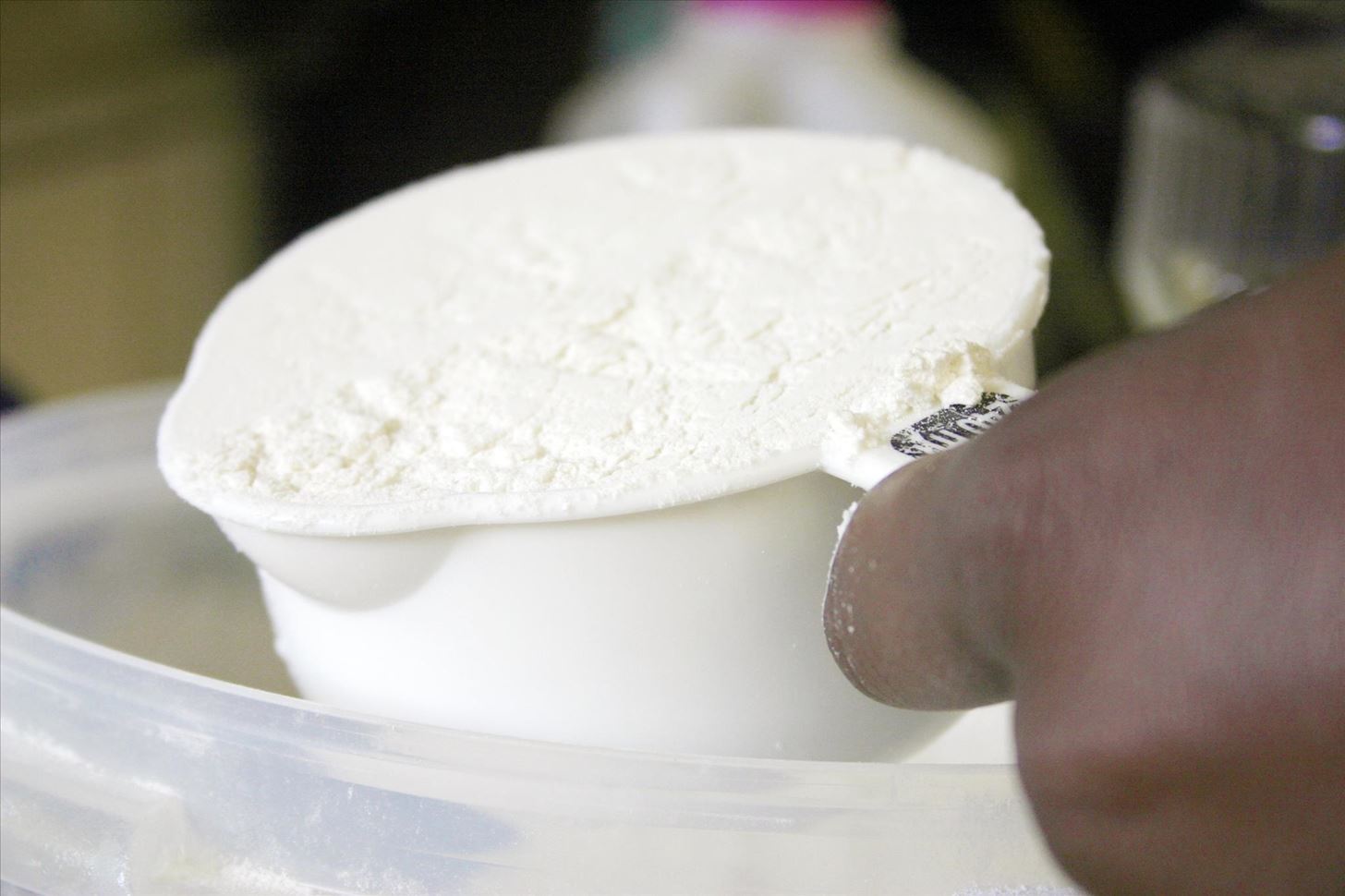
When flour meets a liquid, the broken starch granules absorb the water out of it. The glutenin proteins in the flour absorb liquid as well, forming the first strands of gluten. No wonder when it comes to absorbing a large amount of liquid compared to its weight, flour does a bang-up job.
Why Use Flour to Clean Spills?
If you're not one of those types who gives a whit about the chemical reasons behind flour's double-duty as a cleaning agent, your biggest question concerning cleaning a spill with flour is probably, "Why get flour involved at all?"
When a spill first occurs, you can stop it from spreading outward by just grabbing a handful of flour and throwing it on the mess. To be sure, you've got flour to clean up now where you once had no flour to clean up, but you've also contained the mess to a much smaller area, and can return to it later to clean it up in a snap.
This helps when you're multitasking. Say you've got a pot of spaghetti on the stove about to boil over, and you knock over a jar of canned tomatoes. Of course, you could attack it right then, coming at the spill with your towels and rags, but you've got other things on your mind! If you have flour right on hand, a quick handful will turn a sloppy pile of liquid into a thick paste—one that's a heckuva lot easier to clean up.
If you don't have clean towels, paper towels, or sponges available, don't break down and use an old T-shirt or coffee filters: reach into the pantry instead.
Flour in Action: How to Clean Up with It
Now that we understand what makes flour ideal for absorbing liquid, and why sometimes it's beneficial to use as a cleaning agent, let's talk about how to apply it in real life.
Here is a bunch of pasta sauce on a floor, in all its goopy glory:

Here it is five seconds later with a handful of all-purpose bleached on top. Almost immediately, the flour's glutenin starts doing its work and sucks up the moisture, making crude flour dough. Good thing we're not eating it.

Next Step: Press the Flour
Pressing the flour into the sauce gets all moisture out, giving us a not-at-all attractive looking but easy to handle mass of saucy dough. You can use a spatula or dough knife for this task. If you're a supremely lazy cook, you can even use an old plastic card, like I'm doing here, to integrate the flour into the mess.

Scoop the (Now Congealed) Mess Right into the Trash
A couple of flicks with the spatula/card and up the pasta sauce comes comes in one gelatinous mass, which should be easy to scoop right into a dustpan or trash can. To be sure, when you're done there will be specks of flour and detritus behind, but the vast majority of the spill will have been managed, all without wasting a ton of paper or turning your towels into a Prego massacre.
Want more cool cleanup hacks? Then learn how to remove old food and drink stains with a cheap, easy DIY solution, cleaning up scorched spots from pots and pans, and remove scuff marks from plates and tarnish from silverware.
Just updated your iPhone? You'll find new emoji, enhanced security, podcast transcripts, Apple Cash virtual numbers, and other useful features. There are even new additions hidden within Safari. Find out what's new and changed on your iPhone with the iOS 17.4 update.
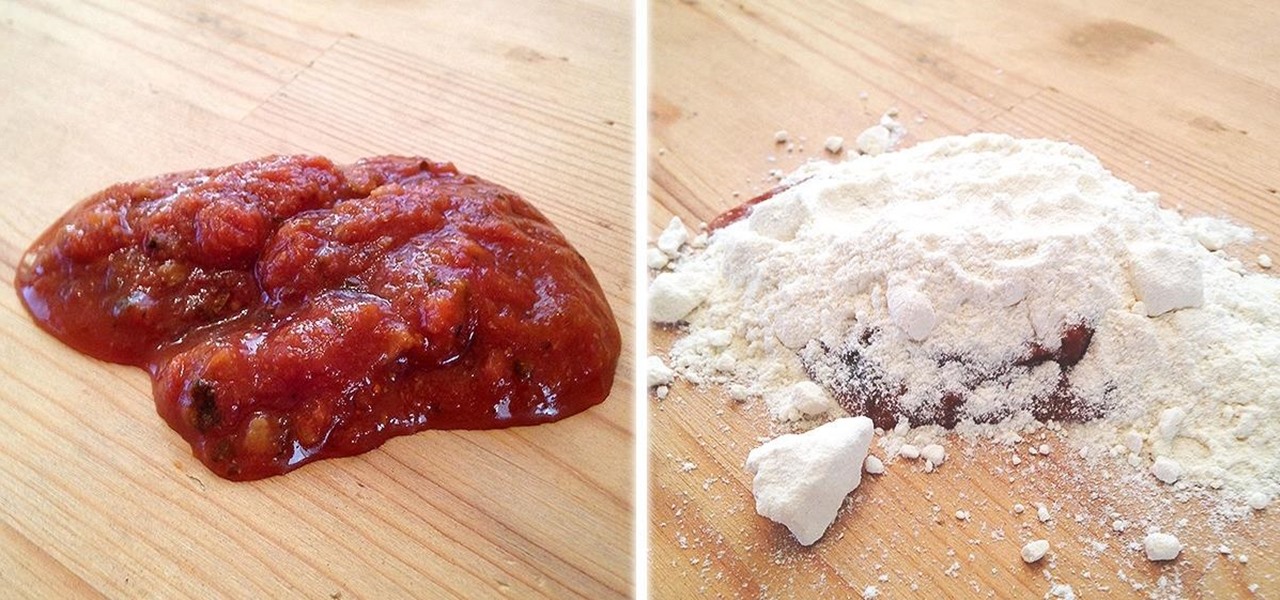




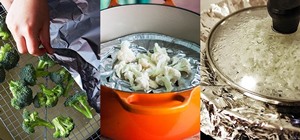
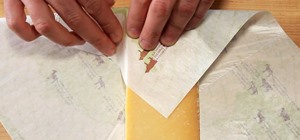
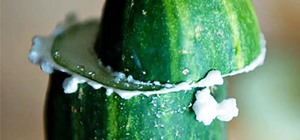
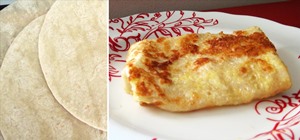


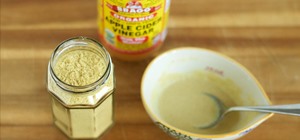








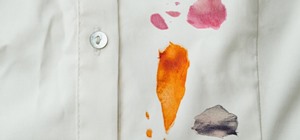


Be the First to Comment
Share Your Thoughts